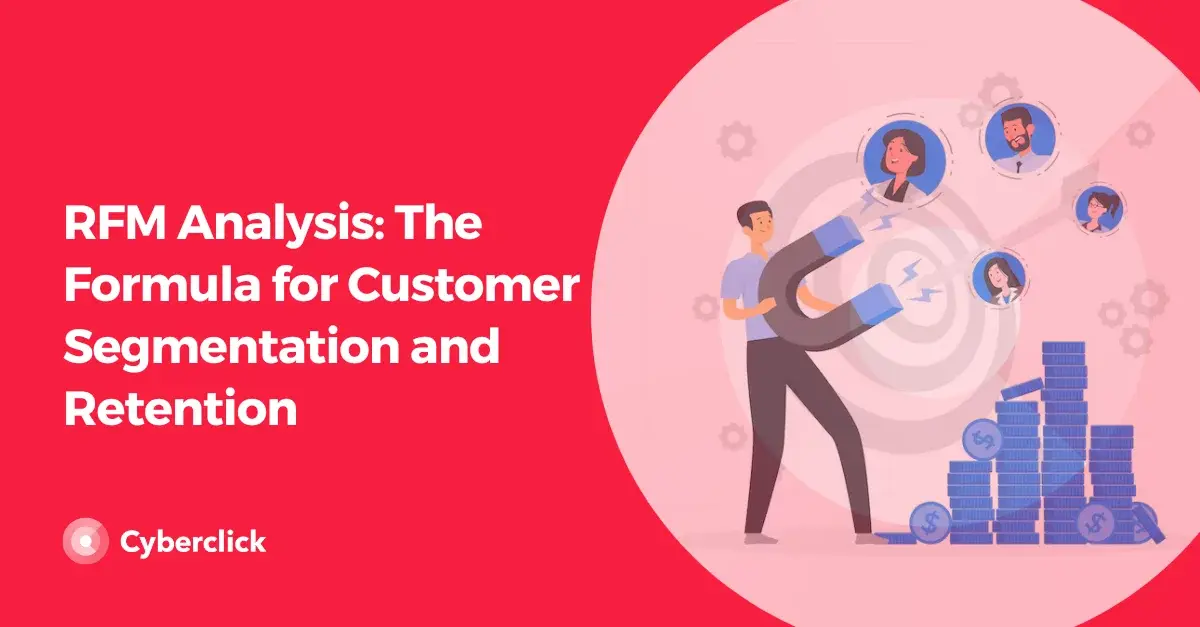Cluster analysis is a method used in statistical data analysis to group a set of objects in a way that objects in the same cluster are more similar to each other than to those in other clusters. In marketing, this translates to identifying distinct groups within a consumer base and tailoring marketing strategies to each specific segment. Whether it’s through behavioral patterns, purchasing history, or response to past campaigns, cluster analysis helps marketers refine their approach, ensuring relevance and efficacy in their outreach efforts.

Applications of Cluster Analysis in Marketing
Market Segmentation
Cluster analysis is pivotal in market segmentation. It helps marketers divide a broad customer base into sub-groups with similar characteristics such as age, income, buying habits, and interests. This segmentation allows for more customized marketing tactics and improves the allocation of marketing resources.
Customer Insights
By analyzing clusters, marketers can gain insights into customer preferences and behavior patterns. These insights are crucial for developing product offerings, pricing strategies, and marketing messages that resonate with specific consumer segments.
Targeted Promotional Strategies
Cluster analysis helps you craft promotional campaigns that are specifically designed to appeal to particular clusters. For instance, different clusters may receive different emails tailored to their consumption patterns, significantly increasing the effectiveness of your email marketing campaigns.
Improving Product Placement
Retailers can use cluster analysis to understand purchasing patterns and optimize the layout of their store or online platform, thereby improving user experience and potentially increasing sales.
Types of Clustering Algorithms
Clustering algorithms are essential tools in data analysis and marketing, as they help segment data into meaningful groups without predefined labels. Here’s a closer look at some commonly used clustering algorithms.
-
K-Means Clustering: This is one of the most popular and straightforward clustering techniques. K-means clustering aims to partition “n” observations into “k” number of clusters in which each observation belongs to the cluster with the nearest mean. This method is best suited for scenarios where the number of clusters is known beforehand.
-
Hierarchical Clustering: Unlike K-means, hierarchical clustering does not require the user to specify the number of clusters in advance. It builds a hierarchy of clusters using a bottom-up approach: each observation starts in its own cluster, and pairs of clusters are merged as one moves up the hierarchy.
-
DBSCAN (Density-Based Spatial Clustering of Applications with Noise): This algorithm groups together points that are closely packed together, marking as outliers the points that lie alone in low-density regions. It’s particularly useful for data with irregular shapes and varying densities.
-
Agglomerative Clustering: A type of hierarchical clustering used to group objects in clusters based on their similarity. It’s an “agglomerative” approach, which starts with each element as a separate cluster and merges them into successively larger clusters.
Each of these algorithms has its strengths and is suited for particular types of data sets and specific requirements of the clustering process. Selecting the right algorithm depends on the size of the dataset, the similarity measure used by the algorithm, and the desired clustering resolution. For marketers, choosing the right clustering algorithm can reveal patterns that can significantly improve targeting and personalization strategies.
Benefits of Cluster Analysis for Marketers
Enhanced Targeting
By identifying distinct groups within the market, marketers can tailor their strategies to meet the specific needs and desires of these groups, leading to more effective marketing.
Increased Efficiency
Segmenting the market allows marketers to allocate resources more efficiently, concentrating marketing efforts where they will yield the greatest return. This can lead to lower costs and higher conversion rates.
Improved Customer Satisfaction:
By understanding and addressing the specific needs of different market segments, companies can enhance customer satisfaction, foster loyalty, and increase the likelihood of repeat business.
Challenges of Cluster Analysis
Data Sensitivity
The accuracy of cluster analysis heavily depends on the quality and completeness of the data used. Poor data quality can lead to misleading clusters that may result in ineffective marketing strategies.
Selection of Variables
Deciding which variables to include in the analysis can significantly affect the outcome. Having too many variables or irrelevant ones can dilute meaningful patterns and complicate the segmentation process.
Dynamic Market Conditions
Consumer preferences and market conditions are constantly changing. Clusters identified through analysis at one point may not be applicable after some time, so ongoing analysis and updates are needed.
How to Ensure Your Clusters Are Accurate
Ensuring the accuracy of your clusters is critical for deriving meaningful insights that can effectively inform marketing strategies. Here are some steps and considerations to help you with this.
- Thorough Data Preparation: Before performing cluster analysis, make sure your data is clean and well-prepared. This involves handling missing values, removing outliers, and normalizing data to ensure that variables are on the same scale. This step reduces noise and improves the reliability of the clustering outcome.
- Choosing the Right Variables: Select variables that are relevant to your analysis goals. Including irrelevant or redundant variables can skew the results, leading to clusters that do not effectively represent distinct market segments. Using a multidimensional approach can also help provide a holistic view of the market. This could include demographic data, psychographic data, and consumer behaviors.
- Using the Appropriate Clustering Algorithm: Different clustering algorithms are suited for different types of data and clustering tasks. Analyze the different options, experiment with various algorithms (such as K-means, hierarchical, DBSCAN) and choose the one that best fits your data characteristics and business needs.
- Cross-Validation: Validate the stability and reliability of your clusters by applying cross-validation techniques. This involves dividing your data into subsets and verifying that the clusters appear consistently across different subsets.
- User Feedback and Iteration: Integrate qualitative insights by gathering feedback from users or domain experts about the interpretability and relevance of the clusters. Use this feedback to refine your clustering process.
- Regular Review and Updates: Market conditions and consumer behaviors change over time, making it important to continuously monitor the performance and relevance of your clusters to ensure they still accurately reflect the target segments. Adapt your clustering approach based on new data and changing market dynamics to maintain the accuracy and effectiveness of your marketing strategies.
Data Scientist en Cyberclick. PhD en Astrofísica por la Universitat de Barcelona con más de diez años de experiencia en investigación mediante el análisis e interpretación de datos. En 2019 redirige su carrera profesional hacia el mundo del Data Science cursando el Postgrado en Data Science y Big Data de la UB, así como participando en el programa Science To Data Science (S2DS) en Londres. Actualmente forma parte del equipo de Data Science y SEM de Cyberclick.
Data Scientist at Cyberclick. PhD in Astrophysics from the University of Barcelona with more than ten years of research experience through data analysis and interpretation. In 2019 he redirected his professional career to the world of Data Science by graduating in Data Science and Big Data from the UB, as well as participating in the Science To Data Science (S2DS) program in London. He is currently part of Cyberclick's Data Science and SEM team.






Leave your comment and join the conversation